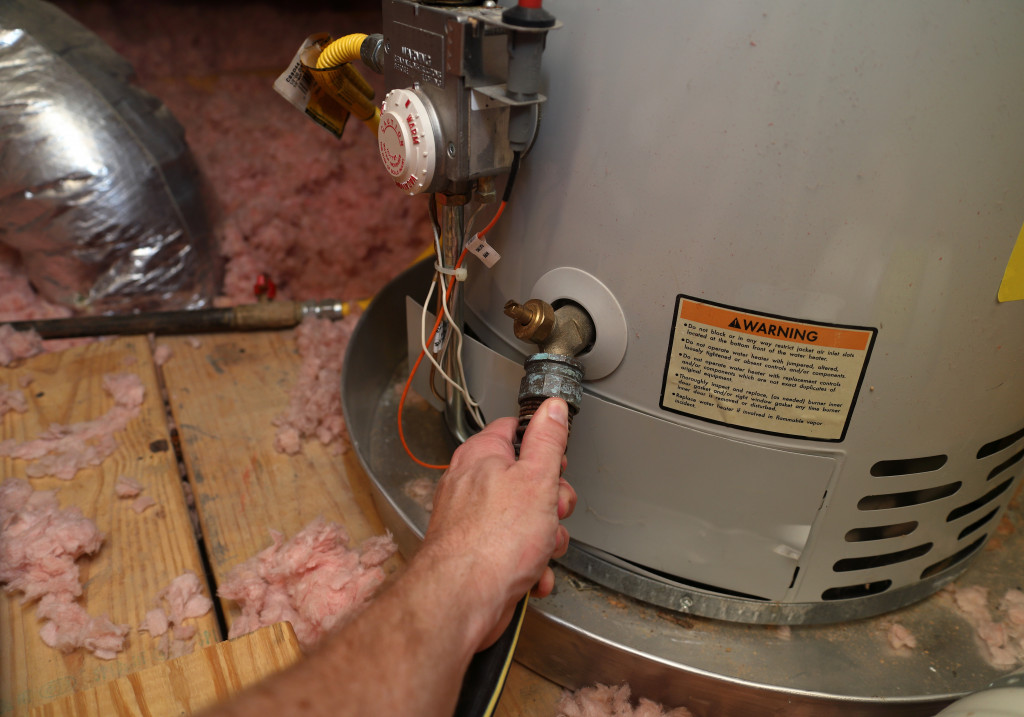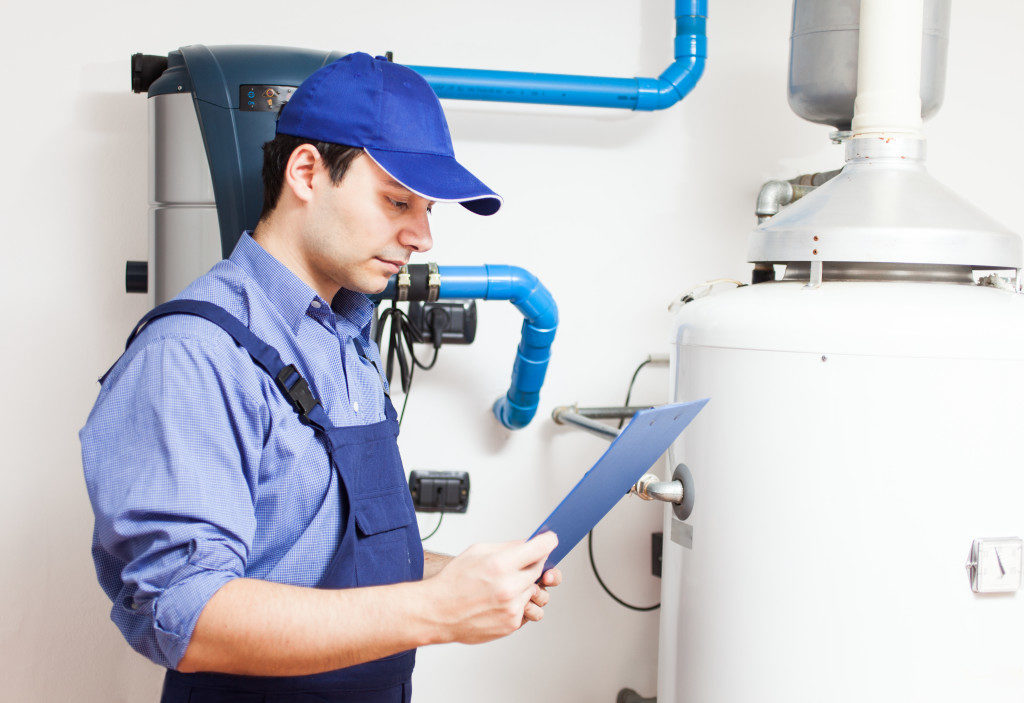Drum heaters remain as one of the most cost-effective ways to temporarily store important liquids at the ideal temperature. Whether it’s a large pharmaceutical company that needs to transport bulk amounts of medicine, or a home-based food business stocking up on oil and water, drum heaters are an excellent and economical way of maintaining quality while conserving energy.
If it’s your first time to purchase a drum heater jacket, you will have to consider a handful of things. To choose the best one, here are the criteria:
Material
The material of the sleeve or sheath is one of the most important criteria in choosing a drum heater. Since you store different liquid materials inside the drums, it’s important to know if the heater can withstand fluid contact at high temperatures.
For example, storing pure water and mild solutions will only require copper or stainless flange sheath material. Meanwhile, storing corrosive and highly viscous solutions, such as oil, may require steel, a super-alloy called Incoloy, or a nickel-iron-chrome alloy.
Make sure to ask your provider about the average lifespan as well as the average temperature range of your chosen drum heater.
Versatility
Apart from efficiency, the drum heater’s versatility matters, too, because no two heaters are the same.
Wrap-around drum heaters may vary in kind based on the size and make of the drum they’re supposed to keep warm. As such, a heat blanket or a drum heater with an adjustable diameter is a great option. There are also non-contact, wrap-around drum heaters that only heat the air around the container.
If you’re working with other types of containers, using a cabinet drum heater or a heated drum dolly may be more suitable for the job.
Foolproof
If it’s your first time using a drum heater, its basic functions must be easily picked up to avoid risks, especially if the fluid you’re storing is hazardous or combustible.
Wrap-around drum heaters are simple to use. They either have built-in adhesives, quick-release buckles, or hook-and-loop closures that are pretty straightforward.
If your facility requires more complex types, such as a cabinet or a tunnel drum heater, make sure to have an expert over to install the equipment and demonstrate proper handling.
Energy Efficiency
One of the selling points of drum heaters is they’re a more energy-efficient alternative to other heating and insulating equipment.
You can determine your drum heater’s energy expenditure by checking its energy rating. Drum heaters with a corresponding A rating means they are energy efficient. Ratings also help you know about the device’s reparability and compliance to environmental care. Make sure the rating matches the maximum operating temperature of the heater’s sheath; what good does less energy consumption do if the drum heater can’t reach the preferred sheath temperature?
Features and Cost

Never forget to look out for extra features that justify the cost of your drum heater.
Some drum heaters have built-in overheat protection that automatically shuts off the heating mechanism once it exceeds the set temperature. They also often have remotely adjustable thermostats apart from manual control, so you can regulate temperature easily.
The point of purchasing a drum heater is that it’s presumably a cost-effective solution to heating. If the heater fits the job but doesn’t have built-in temperature control, closures, or does not come with a warranty, then it isn’t a good deal, after all.
Never forget to ensure your chosen drum heater is compliant to safety standards because the best kind of drum heater is the one that’s easy, efficient, and safe to use.

